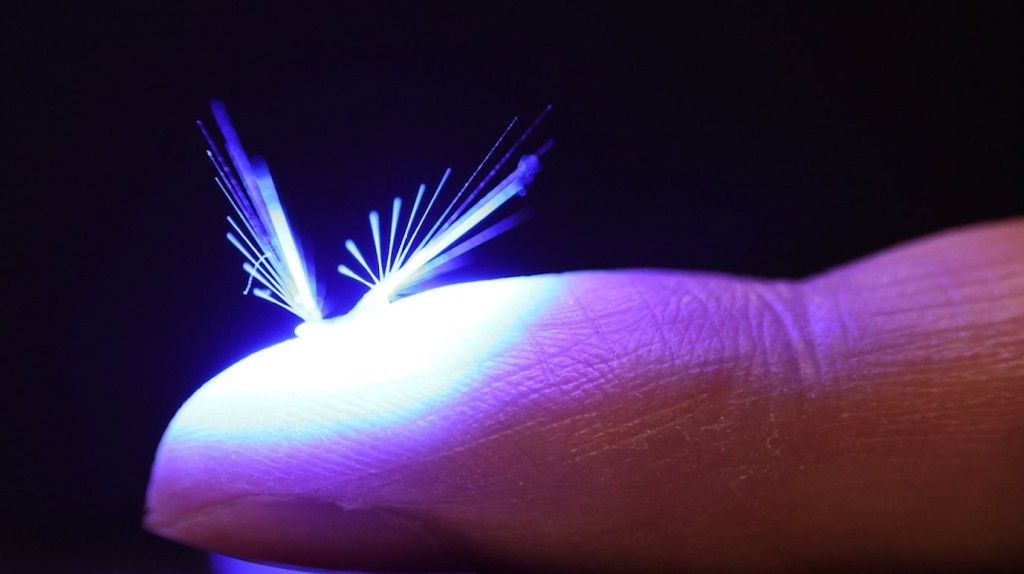
🤖 A new processor will give us safer and more flexible robots
A tailor-made processor enables robots to more quickly analyze their surroundings and move among us humans in a safe way.
Share this story!
Robots are like made to take over dangerous and tedious work, but there is a problem. Today's processors are not powerful enough for large heavy robots to be able to maneuver safely among us humans.
But now a research team from MIT has found a possible solution to the problem. They have developed a new type of processor that is 8 times faster than a CPU and 86 times faster than a GPU on the calculations that a robot needs to do to be able to move freely without risking injury to people nearby.
Robots with the new processor could help move heavy or dangerous items safely. They could also be the first to receive patients with infectious diseases so that healthcare professionals are not at risk of becoming infected.
And in the long run, these robots could of course help in the household with everything we do not want to do. Scrubbing the toilet and chopping onions can be a thing of the past.
Tailored to the robot's needs
The new thing about the processor is that it is tailored to handle calculations that are too heavy for today's processors. In practice, it is about three steps.
The robot must first collect data from cameras and sensors. Then it will create a map of the surroundings based on this data. Finally, it must be able to move safely in that environment. These calculations have to be done all the time and it takes time.
Today's processors are not powerful enough to make the calculations fast enough to ensure that the robot does not harm people or materials.
But the new processor can be tailored to each robot type. The person who builds a robot can then enter parameters for how a new robot should be able to move and then get a design on a processor that is optimized for those calculations and nothing else.
To test the theory, researchers used a programmable FPGA circuit . Although it had a lower clock frequency than the modern CPUs and GPUs with which the researchers compared it, it was thus much faster in the calculations robots need.
Photo: Jose-Luis Olivares, MIT
By becoming a premium supporter, you help in the creation and sharing of fact-based optimistic news all over the world.


